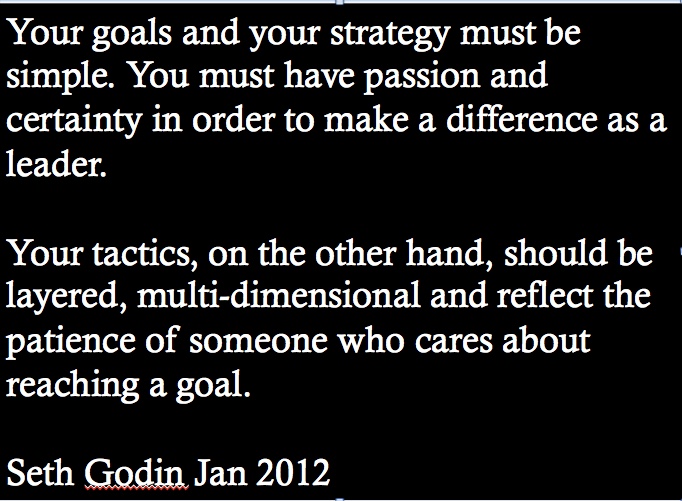I founded The Portfolio Partnership in 2009 after 25 years of building businesses to solve one problem – better execution. I was fortunate to work in many industries including publishing, software, investment banking, and private equity. I fulfilled leadership roles as a CFO, COO and CEO. I operated in many territories including the UK and across Europe, Japan and of course during the last 15 years in the States. That experience taught me that few management teams have the work-rate, curiosity, grit and know-how to execute their vision.
As noted in my recent post turning losses into profits, the reality of execution was summarized by one observer as follows: unbridled growth is no longer the most valued characteristic, now its profitable sustained growth. Pouring money into a great idea is the simple bit. The tough part is making money.
And in the world of scaling by acquisition, you’re seeing management teams questioning what advisors bring to the party. In 2015, the buyers in public-company deals valued at $1 billion didn’t use financial advisers in 26% of the deals according to Dealogic. Acquisitions are for smart operators! Acquisition success is all about meticulous execution. Advisers that can’t augment execution skills are becoming less important.
Think of execution in this way, trapped beautifully by someone I admire, Seth Godin:
My Top 22 Execution Tips
So whether you are scaling your business to sell it in the medium term or just trying to make your business stronger. Here are a few operational tips that might help:
- Pick something you can be really good at and specialize. This may be a small part of your existing business or the core of the existing business. What it isn’t is a brand new area where your track record and skills give you no credibility or insight.
- Align everyone in the business around your cause, your plans, your success.
- Define marketing’s purpose as a sales lead generator. Every single activity they execute should be connected to generating people who are interested in buying your product.
- Drive marketing to articulate on one sheet for each product the likely symptoms that your product solves and the business results you deliver for customers.
- Determine the 10 most important metrics that show marketing is succeeding, graph them and write down stories that explain them.
- Create a strong relationship between the head of marketing and head of sales but don’t combine the roles. It’s as bad as combining the CEO and CFO roles!
- Teach sales professionals your products well and the world of their prospects even better.
- Teach sales professionals how to sound like businessmen by rehearsing really insightful questions with them, that will engage prospects.
- Define 3 big projects that if successful will transform the growth of the business. Allocate a minimum of 3 staff members to each project with one as leader to make them happen.
- When reviewing progress, always establish first what has been achieved since the last meeting. Don’t waste time with irrelevant history.
- Set the rule that all employees can come to their managers with a problem as long as it’s wrapped in a solution worthy of discussion.
- Never employ unlucky people.
- Use white boards comprehensively to broadcast progress as well as distributing the electronic version.
- Launching products is a multi-department activity. If one department gets ahead of the game, no one wins.
- Ensure all customer success stories are written up in one page summaries covering the Challenge, Solution and Results.
- Build metrics for all staff to help them manage themselves, align their activities with the company’s goal, automate their production and teach how to interpret their meaning.
- Set abort criteria for new projects when emotional attachment is at its lowest.
- Ensure all meetings are justified around the questions they are trying to answer
- When setting deadlines, use reverse time lines to determine realistic interim landmarks and then build in a little slippage.
- Work out the easiest and cheapest way to train your staff, do it consistently and build an organization of learners.
- Anchor your cash flow forecast with strong evidence from your sales pipeline not just your cost base (of course this demands you have robust pipelines).
- Build an army of recruiters, always be recruiting for the bench. Explain to staff, to journalists, to recruitment professionals to all friends and family, the type of performers and performances that you need in your business. Remember 90% of eligible candidates are not looking for a job.
TPP is an operational consulting practice specializing in scaling businesses to fulfill strategic plans. We execute by working inside your business as operators, scaling organically and by acquisition.









